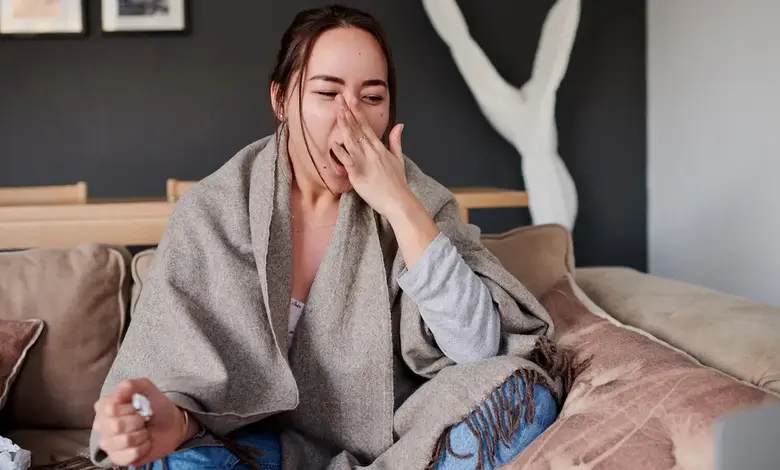
When you lie down to rest, you might notice an unexpected issue: your eyes start to water. This common phenomenon, often perplexing, can stem from various causes, ranging from simple environmental factors to underlying medical conditions, according to insights.
One primary reason for watery eyes in this position is the natural response of tear ducts to irritation. Allergens like dust mites or pet dander, often found in bedding, can trigger this reaction. Similarly, dry eyes a condition where tear production is insufficient may paradoxically lead to excessive tearing as the eyes attempt to compensate, particularly when lying down, when tears may pool rather than drain properly.
Blocked tear ducts, another common culprit, prevent tears from draining as they should, causing them to spill over. This issue can be exacerbated when lying flat, as gravity no longer assists in tear drainage. Infections such as conjunctivitis, whether bacterial or viral, can also cause excessive tearing, often accompanied by redness or discharge, and may be more noticeable in a reclined position.
ALSO READ : Frequent Burping ? Know the causes and the solutions
Structural issues, like a drooping eyelid or improper eyelid closure, can contribute as well. When lying down, these conditions may disrupt the normal distribution of tears, leading to overflow. In some cases, reflex tearing occurs as a protective mechanism, where the eyes produce extra tears in response to irritation or injury, a response that can intensify in certain positions.
Healthline also notes that medications, such as those for chemotherapy or antihistamines, can dry out the eyes, prompting compensatory tearing. Additionally, conditions like blepharitis inflammation of the eyelids or even a scratched cornea can lead to this issue, with symptoms becoming more pronounced when lying down due to changes in tear dynamics.
For those experiencing persistent or bothersome watery eyes, consulting a healthcare professional is advised. Identifying the root cause, whether it’s allergies, an infection, or a structural problem, is key to finding effective relief.
